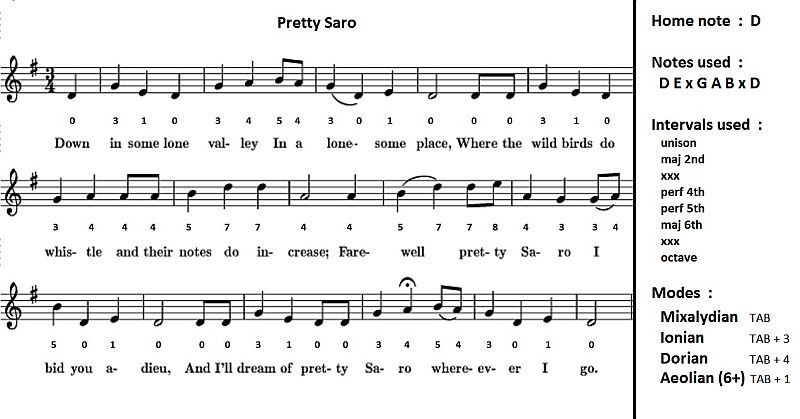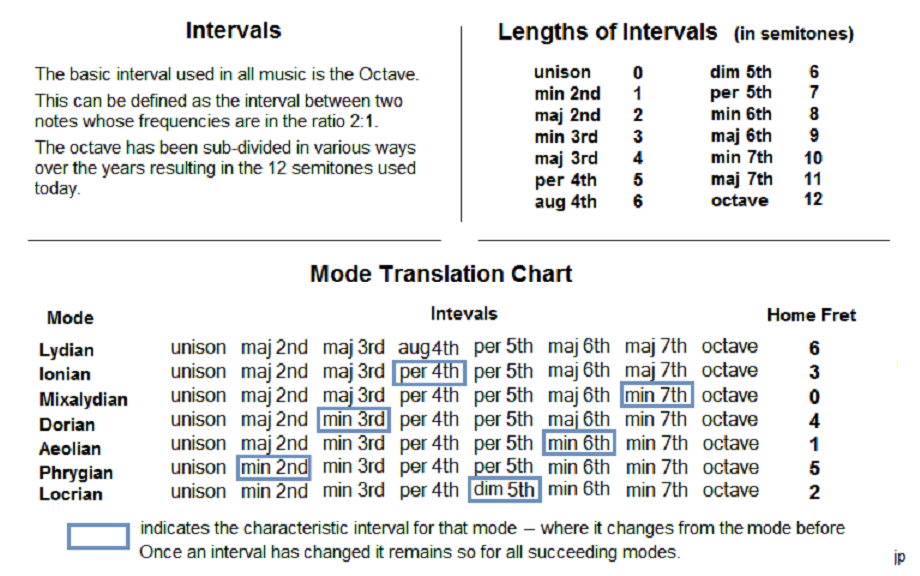Sorry if you found that overkill John, to me everything you need to know is contained in that one table, you can dump anything else you've dragged in from the chromatic world.
Are you sure you understand how to tune a dulcimer, and not just learnt a couple of rules of thumb ?
It's a two stage process, first you tune the melody string, then you tune the drones accordingly, why are you expecting the keynote to turn up on the drones(although it usually does), it's the melody string you tune.
SMN is not a precise system by any means, it purports to be a 'one size fits al' but it's not.
Here's the SMN for Pretty Saro :

as you can see this shows a single setting, but can be translated in to the diatonic world in 3(or 4) different ways. DAD, DAA, DAG,( DAC) and thats without any transposing.
One reason I try not to talk in modes when it is more accurate to talk of gapped scales.
john



